The wide-spread use of mRNA vaccines put a spotlight on new ways vaccines are being made and delivered. Even though decades of research went into creating these vaccines, most people were unaware of them until now. Technology enables a much wider-range of options for the future of vaccine delivery.
Because of the pandemic, we may see some of these innovations sooner rather than later.

First a few vaccine basics
The pace of change in vaccine development has been rapid enough that even health professionals may need a refresher on vaccine basics.
What is a vaccine?
A vaccine is a treatment that exposes you to the same germs that cause disease, but in a controlled way to prevent you from getting really sick. They may use killed or weakened forms of the germ, or only parts of the germ.
The purpose is to stimulate the immune system so it produces antibodies as though exposed to the disease. You have immunity after vaccination because your immune system knows how to fight that germ in the future.
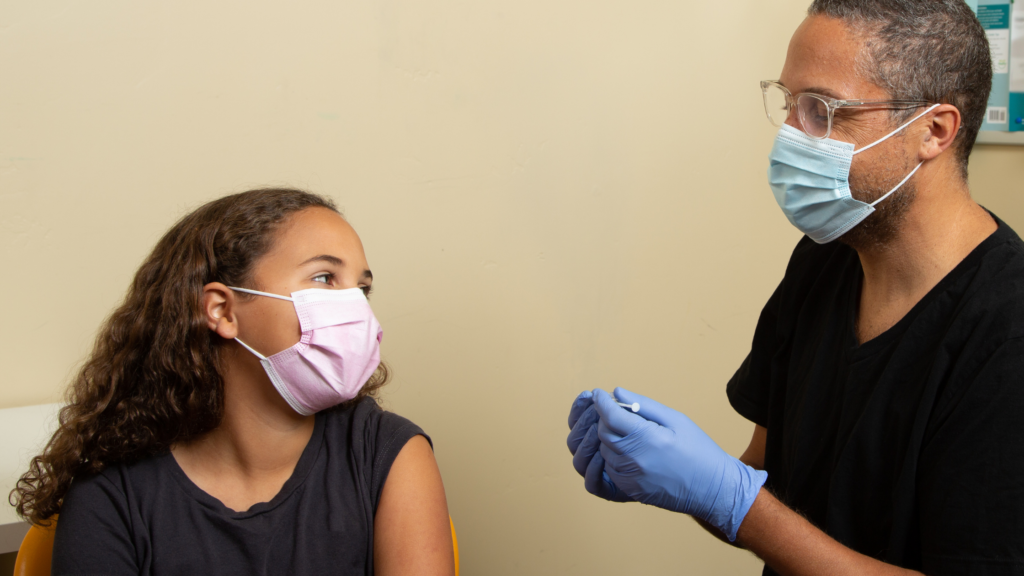
An important thing to note – the purpose of vaccines is to prevent disease, not cure it.

What are the different types of vaccines available?
There are actually a number of different vaccine types out there, but most people are only familiar with one or two. The main thing that differentiates these different types of vaccines are whether they use a living or killed virus, a part of a virus, or the toxins a virus produces that make you sick.
Inactivated vaccines:
These are vaccines that use a killed version of the germ that causes a disease. Because the germ is not alive, it does not provide as effective immune system protection as live vaccines. This is why booster shots may be needed to continue to stimulate immune response against the disease.
Some examples of this type of vaccine are the vaccines for Hepatitis A and Rabies, and the flu shot.
Live-attenuated vaccines:
These are vaccines that use a weakened form of the germ that causes disease. They are similar to the actual infection they help prevent, so they create a stronger and longer-lasting immune response. Often just one or two doses provides a lifetime of protection.
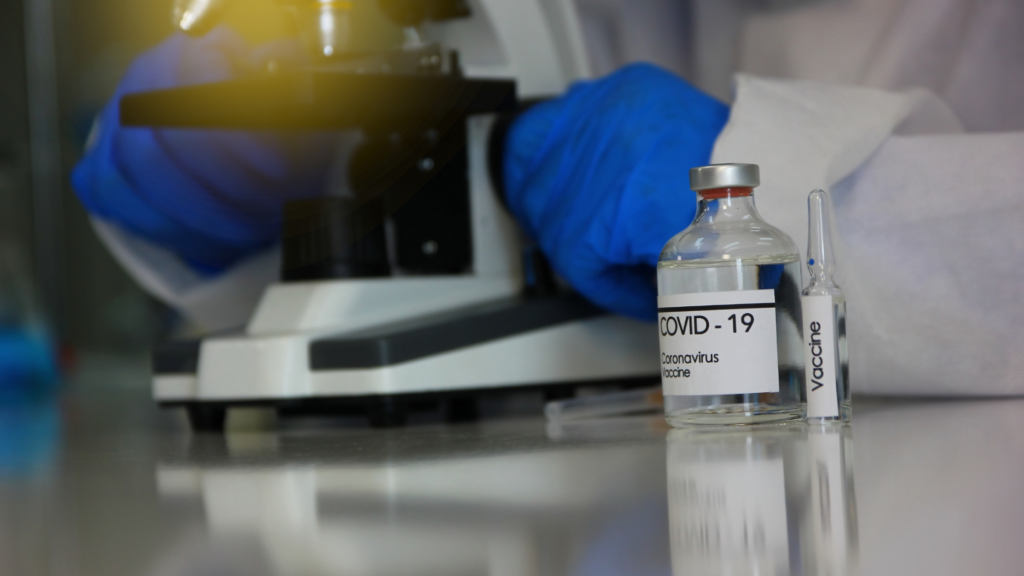
Because they do use live virus, however, not everyone can take them. People with weakened immune systems, for example, should discuss these with their provider. These vaccines also usually need to be kept cool, so it is hard to transport them.
Some examples are the vaccines for Smallpox, Chickenpox, and Measles/Mumps/Rubella (MMR combined vaccine).
Messenger RNA vaccines (mRNA):
These vaccines make proteins that trigger an immune system response. Researchers developed these vaccines over decades, even though we are just now seeing wide-spread use. It takes less time to manufacture these vaccines. They also do not contain live virus so do not pose a risk to compromised immune systems.
COVID-19 is the primary mRNA vaccine example.
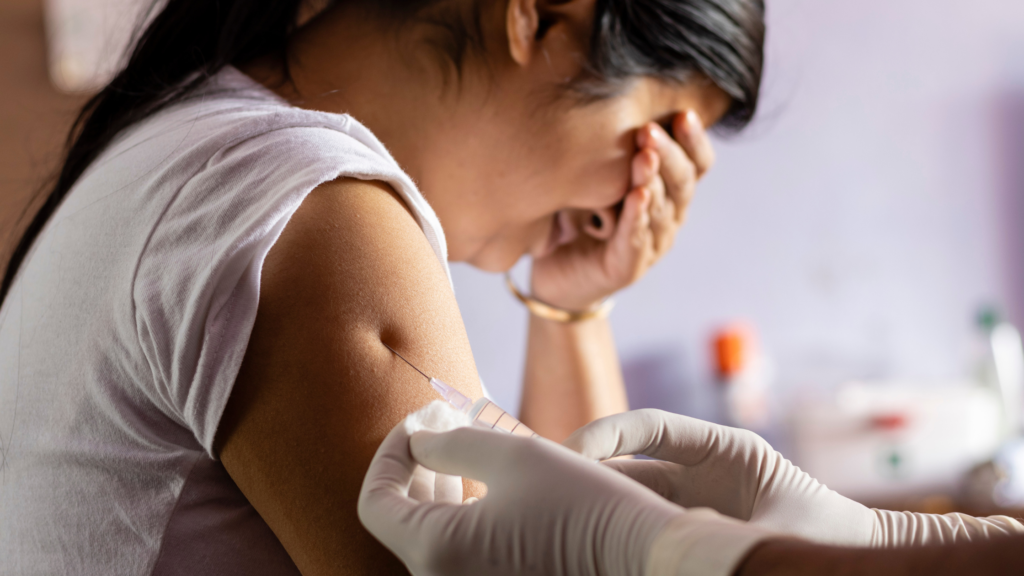
Subunit, recombinant, polysaccharid, and conjugate vaccines:
These vaccines use specific pieces of the germ – such as its protein, sugar, or surrounding casing (called the capsid). They cause a strong immune response to the piece of the germ targeted.
Because they do not use live virus, people with weakened immune systems can take this vaccine. These vaccines often require booster shots to continue immunity. Some examples are the Hepatitis B, HPV, Whooping cough, and Shingles vaccines.
Toxoid vaccines:
These vaccines use the toxin made by the germ that causes the disease symptoms. These vaccines also tend to need booster shots. Some examples are the vaccines for Tetanus and Diphtheria.
Viral vector vaccines:
These vaccines use a modified version of a different virus to create immunity. They may use viruses like influenza, measles virus, or adenovirus (common cold virus). These viruses are modified to act like the virus being targeted such as COVID-19.
Several COVID-19 vaccines in development serve as examples, but researchers also tested these vaccines in viruses like Ebola, Zika, and HIV.
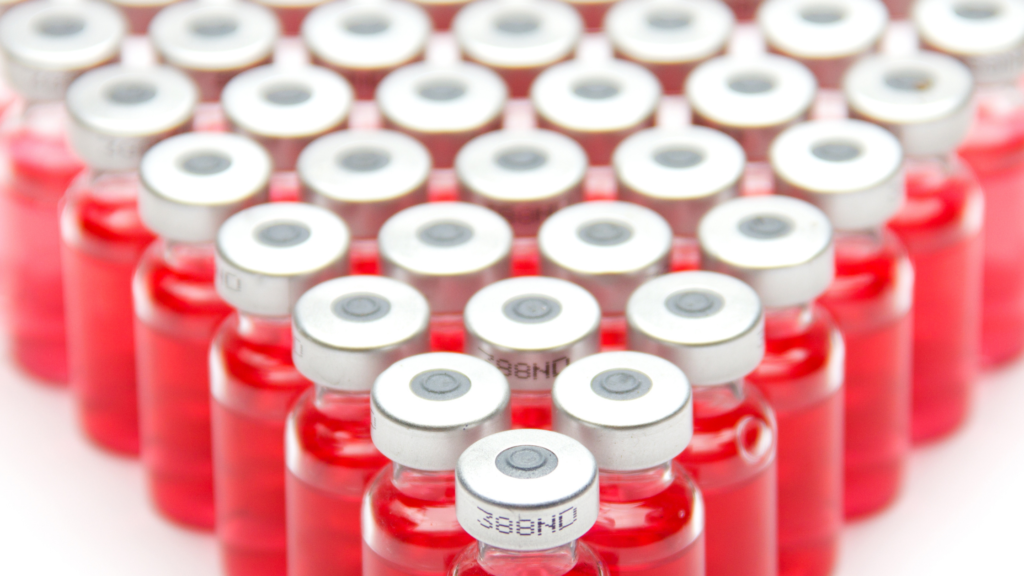

The future of vaccine delivery is coming sooner than we think
Researchers are also looking for innovative ways to deliver the vaccine into the human body. Pushed forward by COVID-19 and the need to rapidly gain herd immunity, we will see a number of new vaccine methods become available in late 2021.
Between six and eight new vaccines will enter regulatory review later this year, and public health experts expect to see improved vaccines well into 2022. A number of these vaccine options are needle-free, and may be better for special groups like pregnant women.
These new options include vaccination through the nose, skin, and mouth.

Intranasal vaccines:
Several companies are testing vaccine delivery through the nose. There are a number of benefits to this vaccine route, aside from not requiring needles for those who are afraid. Some of the benefits include:
- Greater protection at the site of virus entry and exit from the body
Because one place where COVID-19 enters and leaves the body is through the nose, administering vaccine there may offer protection both for the person receiving the vaccine and those they encounter if they do become infected.
- Easy administration
This vaccine requires minimal to no training to administer. That could relieve the burden of needing qualified medical professionals to give the vaccine. It also only requires one does, instead of the multiple doses of other vaccine types.
- Fewer logistical challenges
Because this vaccine does not require needles, syringes, or cold storage, it may be easier for places without adequate supply to obtain enough vaccine.

One of the companies testing this type of vaccine is Codagenix. This company redesigns virus genomes to allow for vaccine production. Their computer algorithm basically de-optimizes the virus to prevent it from causing disease.
They developed a live-attenuated vaccine that is currently undergoing phase 1 clinical trials with 48 volunteers in London. Because they are using a whole virus in their vaccine, they believe it may give longer-lasting immunity than the mRNA vaccines that focus on the spike protein. They expect to have initial results back by mid-2021.
Another company testing this delivery option is AdCOVID. Their intranasal vaccine is called Altimmune, and it is a viral vector vaccine. It uses adenovirus that has been modified to mimic COVID-19. They also believe their vaccine will be long-lasting because of using an entire virus. Altimmune is current going through clinical trials with 180 people that started in February 2021.

Vaccine patches:
Researchers at Tohoku University in Japan have started testing a vaccine patch that goes on the skin. The patch would allow the vaccine to be absorbed into the body faster than other currently available medical patches such as those for migraines and pain relief.

A bio-battery powers the patch using skin enzymes to generate low-voltage electricity. The patch also contains micro needles which work with electricity to quickly deliver vaccine through the skin.
The idea is to allow people to vaccinate themselves, particularly in places with limited resources for refrigeration and medical supplies.

Oral vaccine pills:
For anyone wishing they could just take a pill and get the vaccine over with, that option is coming. Oravax Medical is developing a vaccine pill which may be in clinical trials by the second quarter of 2021. It targets three structural proteins of the virus, not just the single spike protein mRNA vaccines target. This may make it a stronger vaccine against COVID-19 variants.
Similar to intranasal vaccines, a vaccine pill would be easier to distribute.Pills may also be stored at room temperature. Because it is made with yeast, Oravax Medical expects manufacturing will be less expensive. This could be especially helpful if COVID-19 vaccine ends up being recommended annually like the flu shot.
This is not the first oral vaccine created. Other oral vaccines include those for cholera and typhoid.

Key Takeaways:
Technology combined with the urgency of the pandemic pushed vaccine innovation into the forefront this past year. Because mRNA vaccines were in development for decades, they were able to be quickly manufactured and distributed. However, there are still drawbacks like the resources needed to refrigerate and administer them.
Newer vaccine delivery methods should make delivery and distribution easier. Options that offer vaccine delivery through the nose, skin, or mouth open up possibilities to get the vaccine to places currently experiencing gaps.


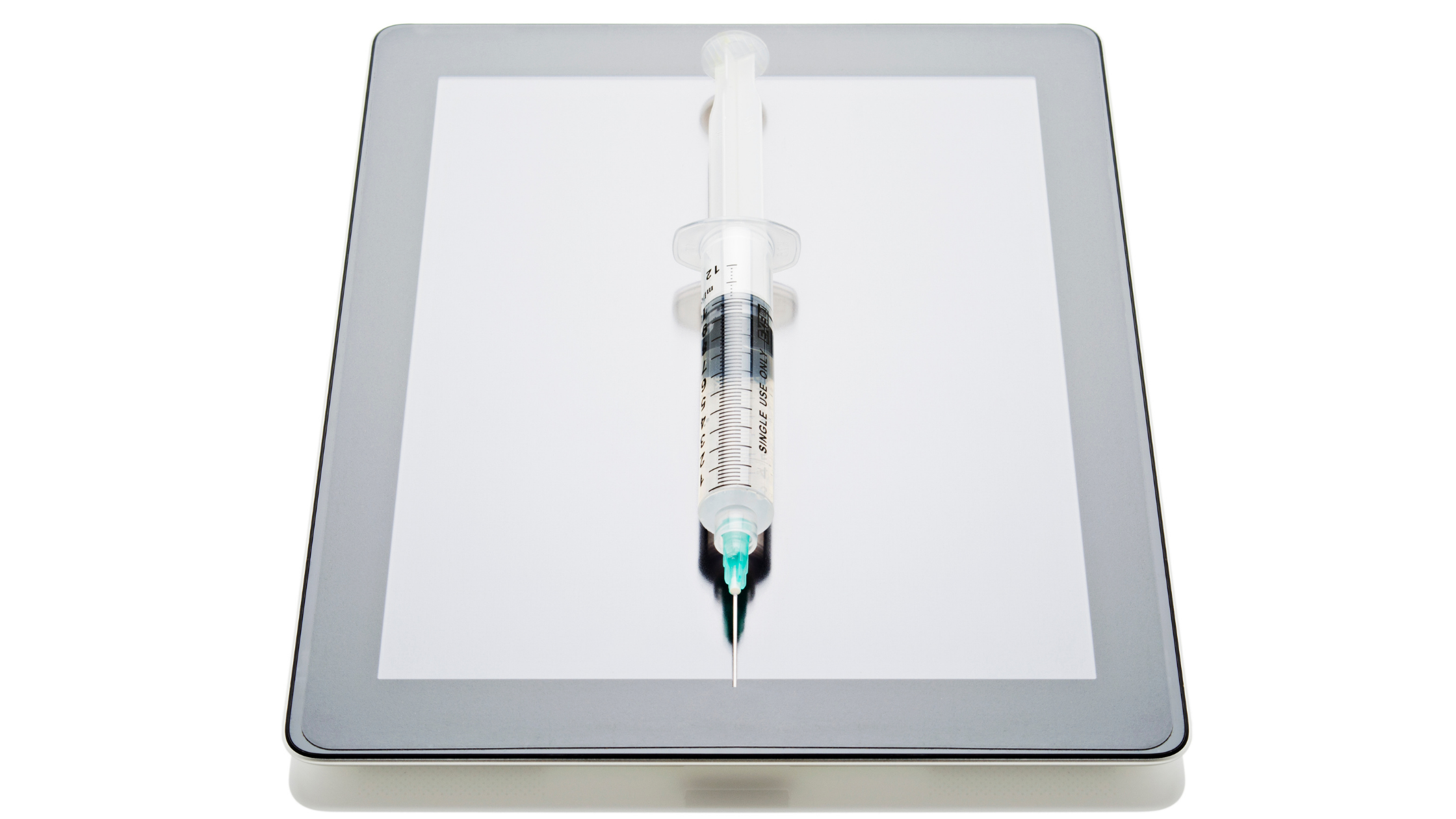



0 Comments